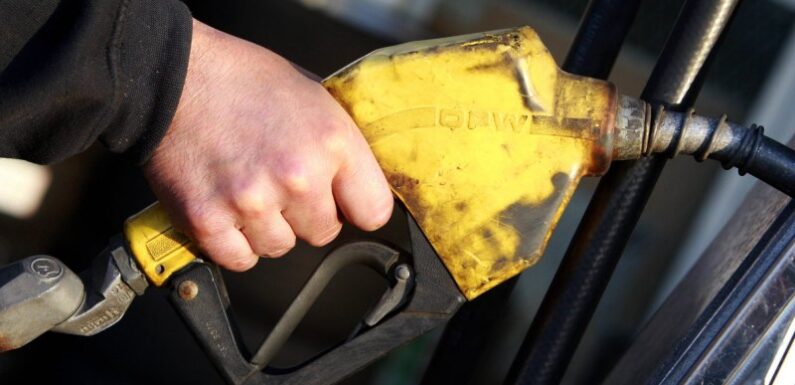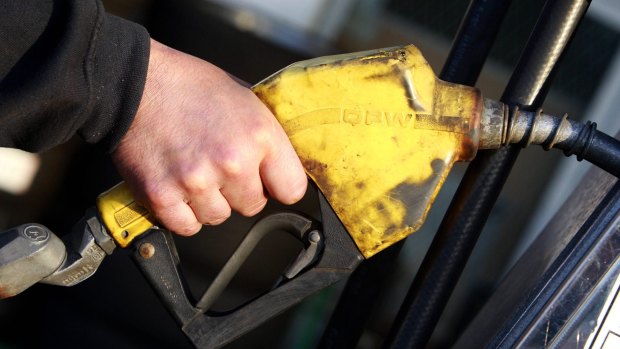
Save articles for later
Add articles to your saved list and come back to them any time.
The Reserve Bank’s Melbourne Cup Day meeting will consider a quarter percentage rate rise after new figures showed a lift in inflation driven by the cost of petrol, the tight rental market and increasingly expensive insurance.
The Australian Bureau of Statistics reported inflation in the September quarter lifted by a larger-than-expected 1.2 per cent. Markets had been expecting a 1.1 per cent increase.
Soaring petrol prices have contributed to a higher-than-expected inflation result.Credit: James Davies
At the annual level, inflation actually eased from 6 per cent to 5.4 per cent – its lowest rate since the March quarter of last year.
The closely watched measure of underlying inflation, the trimmed mean, increased by 1.2 per cent in the quarter although the annual rate fell to 5.2 per cent.
Through the past three months, petrol prices jumped by 7.2 per cent, rents were up 2.2 per cent and electricity was up by 4.2 per cent.
Over the past year, rents have climbed by 7.6 per cent which is the largest annual increase since 2009. The rental rise would have been larger but for an increase in Commonwealth Rent Assistance which started in late September.
Also over the past 12 months, inflation have jumped by 14.7 per cent.
The bureau’s head of price statistics, Michelle Marquardt, said the September quarter result was up on the June quarter when prices increased by 0.8 per cent.
“While prices continued to rise for most goods and services, there were some offsetting falls this quarter including for child care, vegetables, and domestic holiday travel and accommodation,” she said.
Childcare costs fell by 13.2 per cent due to changes to the child care subsidy introduced by the federal government in June. Without the change, childcare costs would have climbed by 6.7 per cent.
Food prices were up by 0.6 per cent in the quarter, the smallest increase since September 2021. This was driven by a lift in the prices for restaurant and takeaway meals. Prices for fruit and vegetables actually fell by 3.7 per cent in the quarter.
“Fruit and vegetable prices fell this quarter due to favourable growing conditions. Berries, grapes, and salad vegetables such as tomatoes, broccoli and capsicums drove the fall,” Marquardt said.
Meat and seafood prices climbed by 2.2 per cent over the year, well down from the 7.3 per cent rate recorded in the September quarter last year. Dairy costs, which had been climbing at more than 15 per cent, have stepped down to 10.2 per cent.
Over the past 12 months, the cost of new dwellings has lifted by 5.2 per cent, electricity costs have climbed by 14.5 per cent while petrol is up by 7.9 per cent.
At the city level, inflation is highest in Adelaide at 5.9 per cent followed by Perth at 5.8 per cent. It is at 5.6 per cent in Sydney and 4.9 per cent in Melbourne.
Cut through the noise of federal politics with news, views and expert analysis. Subscribers can sign up to our weekly Inside Politics newsletter.
Most Viewed in Politics
From our partners
Source: Read Full Article
